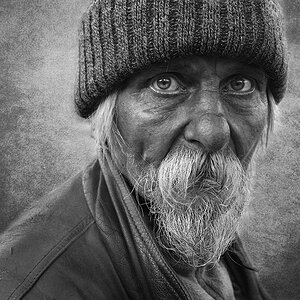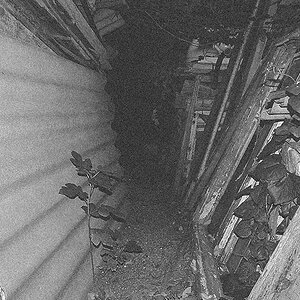Sarah23
TPF Noob!
- Joined
- Mar 3, 2008
- Messages
- 716
- Reaction score
- 0
- Location
- Oklahoma
- Can others edit my Photos
- Photos NOT OK to edit
I feel DUMB asking all of this. But I think I've just made it harder on myself then it is, and I'm totally confused now.
I thought I understood aperture. I know that the number represented on the camera/lens represents how big the aperture opens...and that the larger the number, the small it will open. I understand that obviously the larger it opens, the more light will get in...and vice versa.
But beyond that, Im kinda lost. I guess I thought that that was IT...now I see people saying things like taking it down by a 2-3 stops to get it more clear/crisp...and something having to do with the speed of your lens depends on the aperture and a bunch of other stuff that I just didn't understand.
Could someone either explain this all to me, or give me a site that explains it in a way I would understand...?
Thanks so much :blulsh2:
I thought I understood aperture. I know that the number represented on the camera/lens represents how big the aperture opens...and that the larger the number, the small it will open. I understand that obviously the larger it opens, the more light will get in...and vice versa.
But beyond that, Im kinda lost. I guess I thought that that was IT...now I see people saying things like taking it down by a 2-3 stops to get it more clear/crisp...and something having to do with the speed of your lens depends on the aperture and a bunch of other stuff that I just didn't understand.
Could someone either explain this all to me, or give me a site that explains it in a way I would understand...?
Thanks so much :blulsh2:




![[No title]](/data/xfmg/thumbnail/37/37623-b930ccd802f79b9c9cea990a7a5e5462.jpg?1619738153)

![[No title]](/data/xfmg/thumbnail/37/37624-7f9c9a5c8c7bcb5e62f67313e2e48dbc.jpg?1619738153)
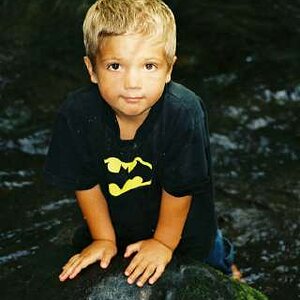
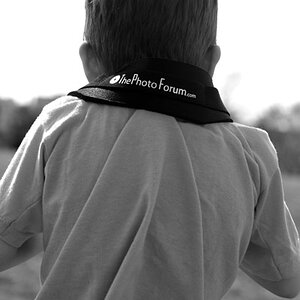
![[No title]](/data/xfmg/thumbnail/32/32708-c55da623febe9d91efe5f28aa54c3090.jpg?1619735612)
![[No title]](/data/xfmg/thumbnail/39/39293-55a527d2a9b287bf5e5b6d118abab22c.jpg?1619738958)
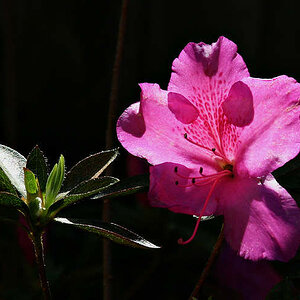
![[No title]](/data/xfmg/thumbnail/37/37622-530e264cdd98e6648079b89d7d3cd356.jpg?1619738153)
